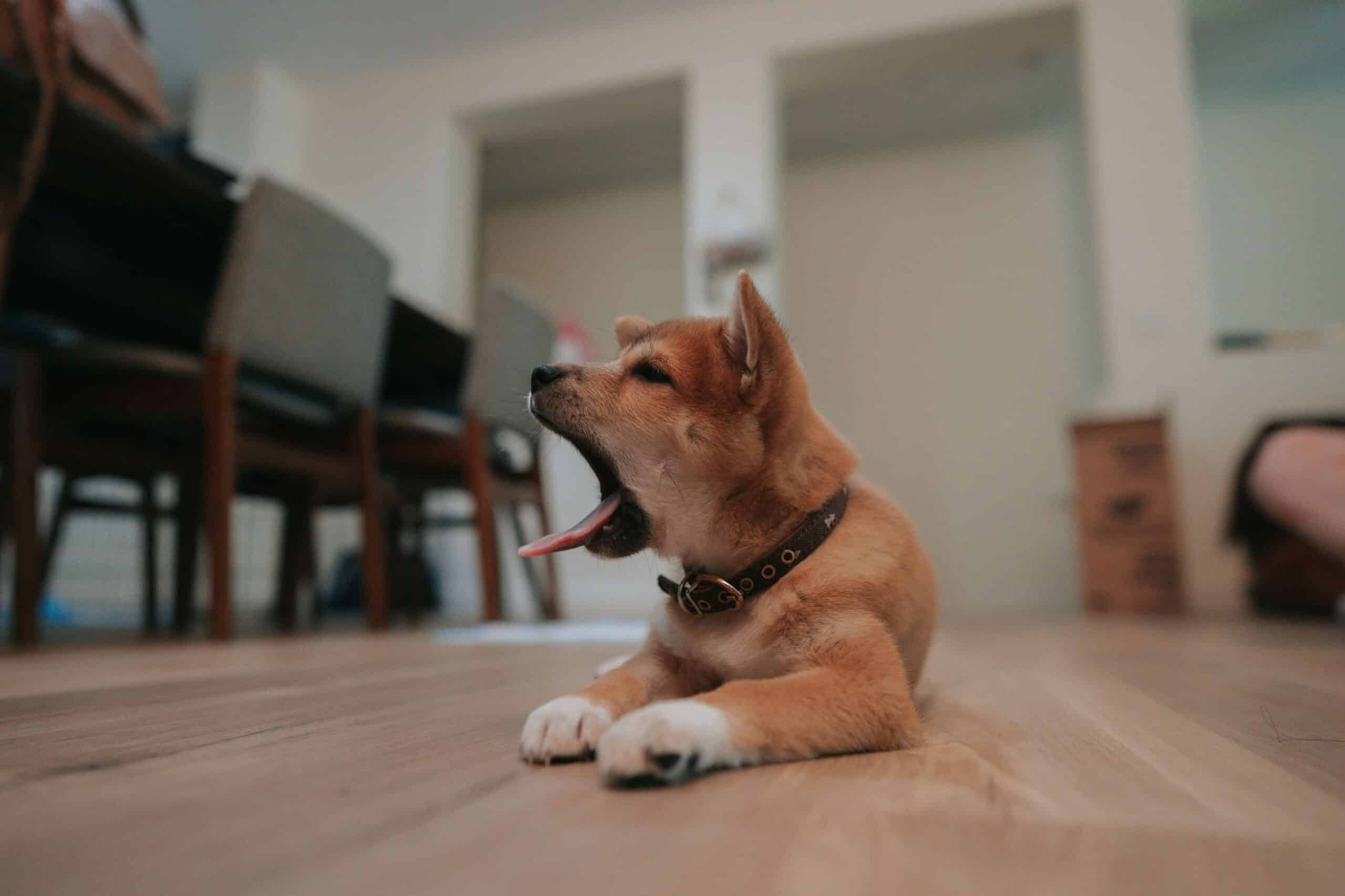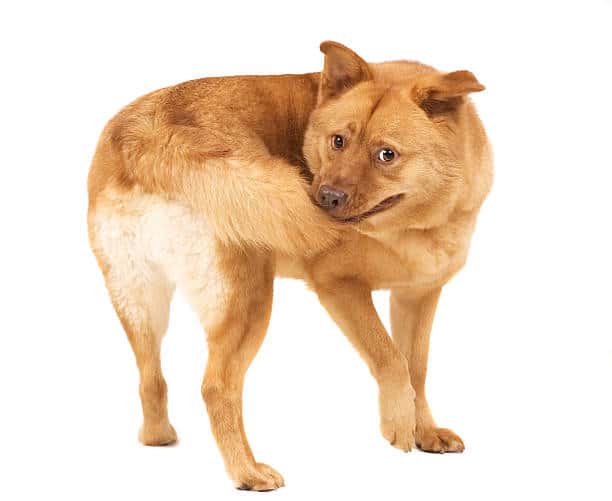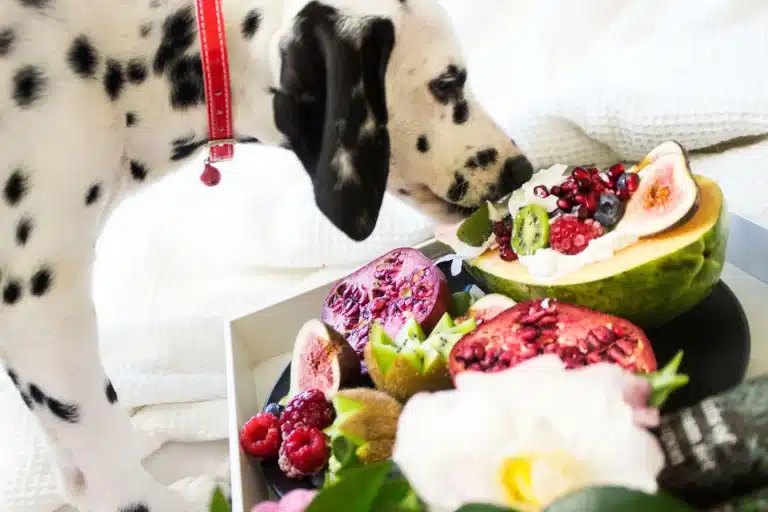Home Remedies for Dog Scooting Butt: Causes and effective Solutions

If you’ve ever caught your dog dragging their bottom across the floor, you’re not alone! This common behavior is known as dog scooting, which can be both puzzling and worrying for pet owners. Fortunately, there are several home remedies for dog scooting butt on floor, you can try to alleviate the discomfort and help your furry friend feel better. Here’s everything you need to know.
Why Do Dogs Scoot?
Scooting is common, there can be various reasons for it, and it’s essential to identify the cause before you start treating the problem. Common causes include anal gland issues, itchy or irritated skin, intestinal worms, or even a dirty bottom. Your dog may also scoot his/her butt if they are experiencing discomfort from a food allergy or gastrointestinal upset.
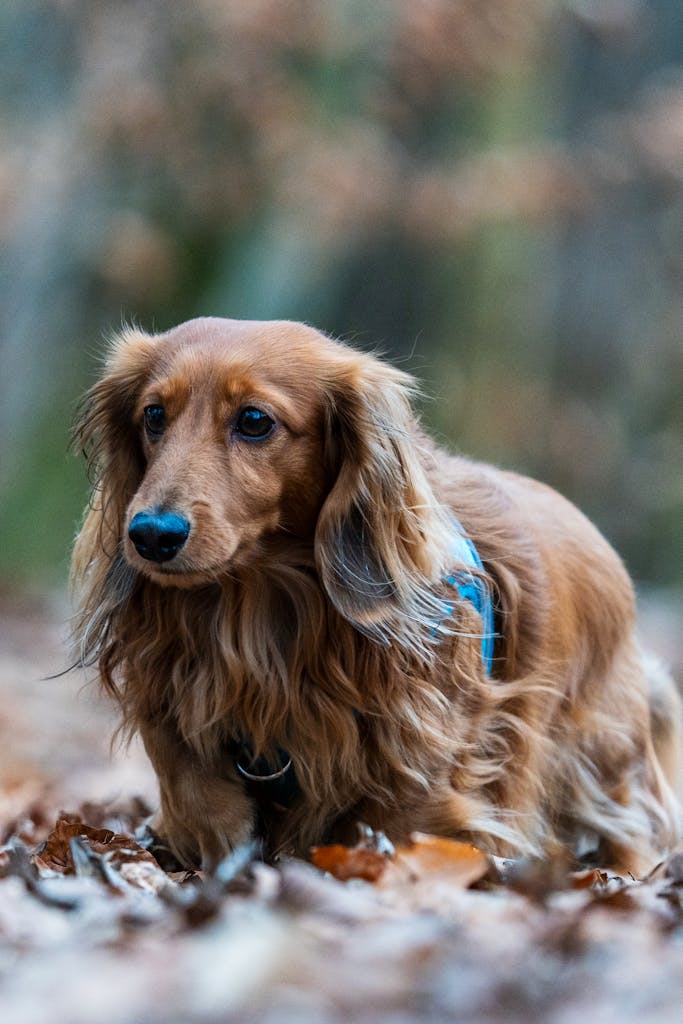
How to cure dog scooting?
The first thing which came to my mind when my dog started scooting was, “does scooting go away on its own?” and luckily it went away. In most cases it does not stay for long but if it persists for a day or two and makes your dog very uncomfortable then it might be a problem. But don’t worry, I’ve got the perfect home remedies for dog scooting.
1. Regular Grooming is Key
Regular grooming not only keeps your dog looking great but can help prevent scooting. By trimming the fur around the rear end, you reduce the chances of debris getting stuck, which can irritate the skin. Grooming also helps you check for signs of infection or inflammation around the anus.

2. Ensure Proper Anal Gland Expression
One of the most common causes of a dog scooting bum is an issue with your dog’s anal glands. When these glands become full or impacted, they can cause discomfort, leading to scooting. You can help by gently expressing the glands yourself, or visiting a professional groomer or veterinarian to have them emptied.
3. Hydration is Important
Sometimes scooting can be caused by constipation, as dogs struggle to relieve themselves. Ensuring your dog has access to fresh water and a balanced diet can help prevent this. High-fiber foods or fiber supplements can also aid in regular bowel movements and prevent discomfort.
4. Healthy Diet and Probiotics
An upset stomach or food allergies may lead to inflammation in your dog’s digestive system, which can contribute to scooting. Keep an eye on your dog’s food, and consider switching to a hypoallergenic or easily digestible diet. Fiber-rich foods like pumpkin or sweet potatoes are the best dog food to prevent scooting. Probiotics can also help restore balance to your dog’s gut health, making sure they stay comfortable. Unhealthy diet is a big reason for dogs acting weird.
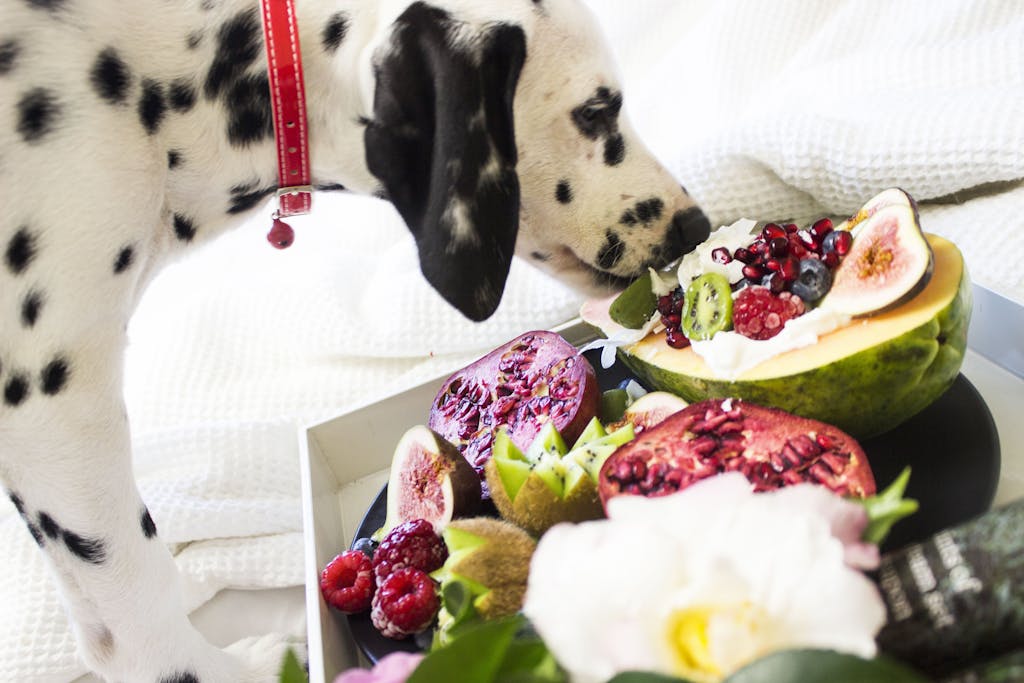
5. Wipe Away the Irritation
A clean bottom goes a long way! If your dog is scooting because of dirt, debris, or irritation, a gentle wipe-down with dog-friendly wipes can offer instant relief. Look for wipes that are alcohol-free and formulated for sensitive skin to avoid causing further irritation.
6. Check for Parasites
Intestinal parasites are another possible cause of scooting. Tapeworms, in particular, may make your dog uncomfortable and cause them to scoot. Regular deworming and maintaining a flea control regimen will keep those pesky parasites at bay.
7. Keep an Eye on the Scooting
If the problem of scooting is persistent or accompanied by other symptoms like pain, swelling, or visible discharge, it’s time to worry about the scooting. While home remedies can provide relief for mild cases, there may be an underlying issue that needs medical attention. You can contact petdoctorsofamerica if the issue persists.
A Final Thought
While scooting is often harmless and easily managed with at-home treatments, it’s always best to keep an eye on your pet’s behavior and consult a vet if necessary. By taking a proactive approach, you can ensure that your dog stays happy, healthy, and scoot-free!

